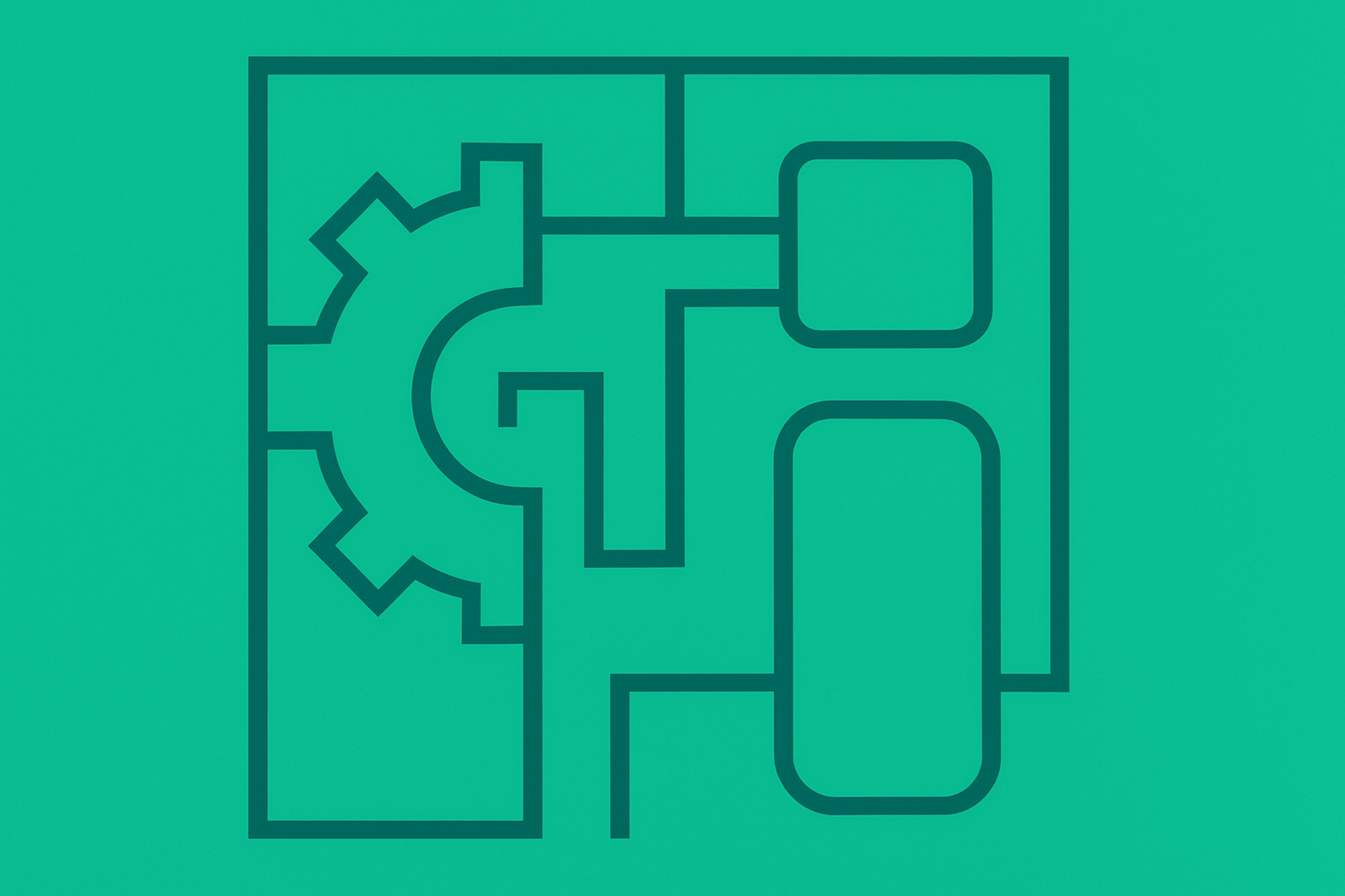Buttons Out, Bots In: Tech’s Latest Moves Rewrite the Familiar

This week in tech, the relentless march toward automation, AI regulation, and gadget reinvention unfolded like a fever dream in a never-ending product pitch meeting. The headlines betray a sense of whiplash: as Silicon Valley weaponizes artificial intelligence to rewrite the rules of everything from labor to legislation, hardware makers keep chasing that elusive middle ground between innovation and usability. Trust, privacy, and even the right to press a button all seem up for negotiation, while tech’s recurring layoffs suggest any sense of stability is—once again—mostly an illusion.
Buttons? Who Needs Buttons?
Apple’s rumored plans to strip the iPhone 20 of all physical buttons (CNET) signal a future where the tactile comforts of yore are replaced with simulated haptic feedback and, presumably, a lot of finger smudging. If confirmed, this design about-face is less about advancing ergonomics and more about extending hardware lifespans and reducing points of failure (and, let’s be honest, repair revenue). Though Android has flirted with buttonless designs before, none have managed to wean users off their ingrained muscle memory. If anyone can redefine normal, however, it’s Apple—provided they can make their digital press feel more real than the real thing ever did.
This trend sits at the intersection of minimalism and maximal inconvenience. Phones, cars, and even home appliances are increasingly eschewing mechanical parts in favor of touch or gesture controls. While change is inevitable, studies—and frustrated users—have consistently pointed out the virtues of an honest-to-goodness button in moments of panic (or winter gloves). It’s hard not to reminisce about the era when finding the volume or power switch didn’t require a tutorial or a firmware update.
Layoffs, Robots, and the AI Gold Rush
Meanwhile, Amazon’s latest round of layoffs—up to 30,000 jobs on the chopping block (CNET)—is the predictable, if brutal, outcome of a corporate strategy that values AI-driven automation over its existing workforce. Ostensibly, these moves are about “streamlining” for efficiency and investing in a future where robots and algorithms do most of the heavy lifting. The irony, of course, is the human cost: as companies cut costs in pursuit of AI supremacy, the very people who built these systems are rendered expendable.
Let’s not romanticize the notion of a lean, nimble tech giant. The layoffs are less about agility and more about maximizing shareholder returns—the invisible hand that always seems to come out of nowhere to remove your badge and send you home. For employees, “AI-driven restructuring” is little more than a mausoleum for yesterday’s job security.
AI Legislation: Teens, Chatbots, and the Trust Problem
On the legislative front, U.S. senators are seeking to ban teenagers from using AI chatbots, introducing a bill (The Verge) that would mandate strict age verification (ID uploads, face scans—you name it). On the surface, this is about protecting children from manipulative or exploitative AI. In reality, it highlights a fundamental crisis of trust: big tech’s inability to self-regulate, and governments’ struggle to keep up with the breakneck pace of machine learning research.
The bill’s introduction comes amid mounting public concern about the influence and safety of generative AI on young users. And while industry reps busily tout their ability to innovate responsibly, lawmakers seem convinced that only regulation—backed by the threat of penalties—can force compliance. Whether this creates a safer web, or just a more surveilled one, remains to be seen.
Phones That Fold, Cameras That Detach, and the (Disposable) Future of Hardware
For those still invested in new hardware, 2025 brings familiar forms with bold features. The best foldable phones, reviewed (The Verge), are now lighter, more durable, and—thanks to upgrades in chipsets, batteries, and camera arrays—almost practical... if you can bankroll one. Oppo’s Find X9 Pro (WIRED), meanwhile, embraces the camera arms race with a wild detachable zoom lens, proving that sometimes the only limit to mobile photography is how ridiculous a phone can look before your hand gets tired.
But, like many gadgets destined for planned obsolescence, the true innovation might be fleeting. Water-resistant foldables and maglev tacked-on optics make for irresistible launches, yet the specter of repairability—and the rising cost of keeping up—means many of us will happily continue using last year’s phone until it dies of boredom.
Security for the Masses (And Private Sites for the Privileged)
In the world of web browsers, Google Chrome’s shift to default HTTPS (Engadget) gets the security thumbs-up, finally forcing the last pockets of plaintext holdouts to modernize or perish. Yet as Chrome inevitably prioritizes user safety (or at least, the appearance thereof), it leaves local sites and smaller intranets scrambling for certificates. Corporate IT departments and home tinkerers—good luck with that.
AI Tutors and the Promise (and Limitations) of Edtech
In the education arena, Super Teacher’s push (TechCrunch) to democratize AI-powered tutoring offers a bittersweet glimpse at technology’s egalitarian potential—provided you accept AI acting as a supplement, not a substitute, for human educators. The approach of using deterministic content instead of unpredictable LLMs is refreshing and pragmatic. But as with all edtech, its real benefits may depend less on the brilliance of its AI and more on society’s willingness to fund public education beyond glossy apps.
The Crypto Prediction Market: Regulatory Whataboutism and the Usual Suspects
Finally, in a bit of political theater blended with tech opportunism, Donald Trump’s Truth Social is launching its own crypto-based prediction market (WIRED), betting that regulatory rollbacks and family ties to competing platforms will create fertile ground for a new flavor of gambling-cum-“crowdsourced wisdom.” Apparently nothing says “conflict of interest” quite like betting on the news from an account you own, while regulators look the other way. If nothing else, this is a reminder: when technology reinvents gambling as democratic “foresight,” you know the house is always going to win.
References
- Apple's Next Big Move: iPhone 20 Reportedly Could Ditch Every Physical Button - CNET
- Amazon Slashes 14,000 Jobs in Major AI-Driven Shakeup - CNET
- Senators propose banning teens from using AI chatbots | The Verge
- Best foldable 2025: the best folding phones you can buy | The Verge
- The Oppo Find X9 Pro Has a Crazy-Long Detachable Zoom Lens | WIRED
- Google Chrome will finally default to secure HTTPS connections starting in April
- Super Teacher is building an AI tutor for elementary schools — catch it at Disrupt 2025 | TechCrunch
- Donald Trump’s Truth Social Is Launching a Polymarket Competitor | WIRED
